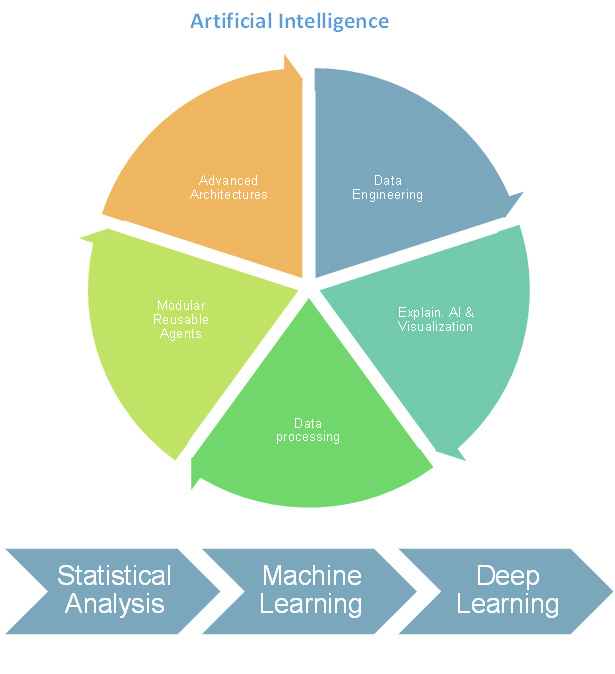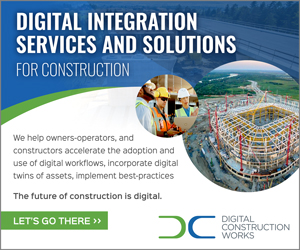Artificial intelligence (AI) and machine learning (ML), however invented and founded in the forties and fifties of the past century, tremendous advances were made in recent years. These advances are mainly enabled by availability of information, knowledge, and digital data on a very high scale in various fields on the internet. They are also significantly empowered by availability of enormous distributed and cloud computing resources at affordable cost. This converted all that groundwork and research in past years to fruition through translating to practical implementation, and very useful real-life tools and applications. As AI and ML continue to evolve at such accelerated rate, they are revolutionizing the way we work, live, and interact with the world around us. From self-driving cars to autonomous aircraft, and virtual assistants like Siri and Alexa. It is not hard to realize that AI and ML are changing the world as we know it.
AI and ML have finally found widespread application in many aspects of life and various industries such as finance, healthcare, transportation, and manufacturing. Some of the most significant advances in AI and ML provided more capable neural network models and training algorithms such as deep learning, recurrent architectures, transformer models, generative neural networks, and natural language processing models. These neural network models are used to recognize and analyze complex patterns and process tremendous data sets. This has led to breakthroughs in video analytics, natural language processing (NLP), and predictive models.
In the future, AI and ML will continue to progress and expand at accelerated rate to integrate in most aspects of life. Some of the areas expected to completely change how we interact with the world around us. This includes augmented reality (AR), virtual reality (VR), and autonomous systems. These are expected to play significant new roles and provide new functions and services that never existed before. AR and VR will be able to deliver highly virtual experiences that can be delivered to our homes and businesses and gracefully adapt to our personal needs and preferences. AI and ML will create new jobs and replace old ones. Therefore, the whole world and business models will have to readjust around such new world of intimate integration of humans and intelligent machines.
AI and ML are also expected to revolutionize the way we interact with the world around us. At home, we will have more collaborative machines that take simple orders and autonomously execute them to the best of our expectations. Our homes will evolve and have the luxury and flexibility to be virtually located anywhere we like, on the beach, in the mountains, or at any city we desire to live. Many people will be able to enjoy virtual experiences close to realities they never afforded before. Millions of people will be able to attend concerts, football games, shows, plays, theaters, and trips at very affordable costs from the convenience of their own homes. At the same time, business models, and required skill sets will be hugely modified. Most of mundane repeatable and mechanical tasks will be performed by machines, leaving highly intellectual tasks for humans such as innovation, ideation, and critical thinking. Even coding and computer programming will be very user-friendly, intuitive, and easily managed trough high level commands. The use of AI and ML will also lead to new business ideas, products, and services that will flourish our life experience and enrich our capabilities.
Now the question is how we can continue that impressive evolution and progression in AI and ML and applications and even accelerate it to reach new heights. The reality is however the significant advances made in AI and ML models and learning techniques, there are still ways to go and obstacles to overcome. Several aspects of current neural network models will need improvements. One of those is ability to utilize unstructured data. If fully enabled, this would allow neural network models to chew on huge sets of diverse currently available data from various sources and learn from it. Another aspect is ability of such models to autonomously adjust its own hyper parameters, architectures, and training approaches. Such parameters are currently being selected and designed for a specific problem by AI and ML experts. Another aspect is related to enablement of effective unsupervised learning techniques. Imagine if such powerful neural network models can be set free to go find data and continually learn from them at such a steady high rate while we are busy doing many other things. This will result in AI and ML models and capabilities that we have never imagined before.
In conclusion, the current AI and ML capabilities are rapidly progressing and have huge potential to transform our lives and the world around us in ways beyond imagination. As AI and ML continue to evolve, it is critical we learn how to quickly adjust to how we integrate with such new models, adapt to how we live and work such new environment, and familiarize ourselves to how we can best benefit of such revolutionary capabilities. By doing so, we can ensure that we benefit of AI and ML and enjoy new real and virtual experiences we never dreamed. Such future new lifestyle with support of AI and ML is expected to be easier, richer, more efficient, spectacular, and much more enjoyable.


















